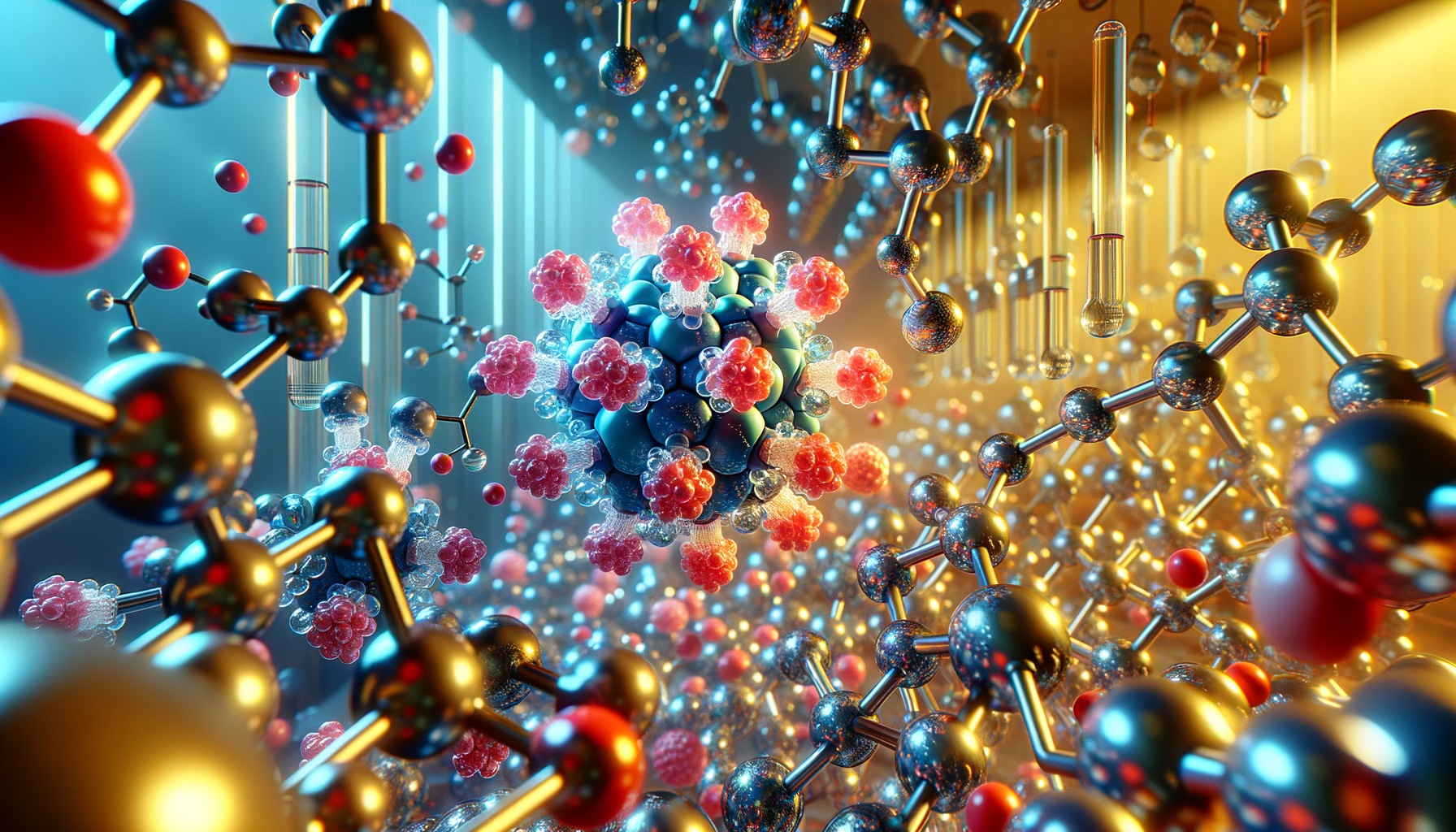Unveiling the Power of Antimicrobial Additives: A Molecular Perspective
In our ever-evolving world, where hygiene and safety are paramount, antimicrobial additives have emerged as a game-changer. These active agents possess the remarkable ability to inhibit the growth and life of microbes, including bacteria, fungi, viruses, and parasites. By incorporating these additives into various products, we can create cleaner, more robust, and longer-lasting solutions across diverse industries. The significance of these additives cannot be overstated, as they are becoming increasingly essential in our daily lives, especially in light of recent global health challenges.
Understanding the Molecular Mechanics
Antimicrobial additives work their magic by disrupting the cellular functions of microorganisms. Understanding how these additives function at the molecular level is crucial for appreciating their effectiveness and applications. Let’s delve into the fascinating mechanisms behind some of the most commonly used additives:
- Silver-based Compounds: Silver has been recognized for its antimicrobial properties for centuries. Compounds like those found in Agion™ technology prevent bacterial attachment to surfaces and inhibit their growth by disrupting cell respiration, reproduction, and metabolism. Silver ions can bind to microbial DNA, preventing replication and leading to cell death. This makes silver-based additives highly effective in a variety of applications, including medical devices and consumer products.
- Copper-based Additives: Copper is another powerful antimicrobial agent. These additives compromise microbial cell walls and interfere with crucial cellular processes, rendering microorganisms ineffective. Copper ions can penetrate the cell membrane, causing oxidative stress and ultimately leading to cell death. This property is particularly useful in high-touch surfaces, such as door handles and railings, where the risk of pathogen transmission is high.
- Quaternary Ammonium Compounds (QACs): QACs are widely used in disinfectants and sanitizers. They disrupt microbial cell membranes, causing cell leakage and ultimately, inactivation. These compounds are effective against a broad spectrum of microorganisms, including bacteria and viruses. Their ability to form a protective layer on surfaces enhances their longevity and effectiveness, making them a popular choice in healthcare settings.
Understanding these mechanisms not only highlights the effectiveness of antimicrobial additives but also underscores the importance of selecting the right type for specific applications.
Diverse Applications Across Industries
The versatility of antimicrobial additives extends far beyond their ability to combat microbes. These innovative solutions have found applications in various sectors, revolutionizing the way we approach hygiene, safety, and product longevity.
Healthcare and Hygiene
In healthcare facilities, schools, and offices, antimicrobial additives play a vital role in reducing the spread of illness-causing bacteria and preventing the growth of mold and mildew. These additives are incorporated into medical equipment, textiles, and plastics, providing continuous protection against a broad spectrum of microorganisms. For instance, antimicrobial coatings on surgical instruments help prevent infections, while additives in hospital linens reduce the risk of cross-contamination. In schools, antimicrobial surfaces can significantly lower the incidence of illnesses, promoting a healthier environment for students and staff alike.
Food Processing
Ensuring the safety and freshness of food products is a top priority in the food processing industry. Antimicrobial additives help minimize the growth of bacteria that cause spoilage and contamination, safeguarding the quality of our food supply. For example, these additives can be integrated into packaging materials to extend shelf life by preventing microbial growth. Additionally, they can be applied to food contact surfaces, reducing the risk of foodborne illnesses. As consumers become increasingly aware of food safety, the demand for antimicrobial solutions in food processing continues to rise.
Outdoor Applications
Outdoor environments can be harsh and unforgiving, subjecting products to constant environmental stresses. Antimicrobial additives help resist these challenges, extending the lifespan of products exposed to the elements. For instance, coatings and paints infused with antimicrobial properties can protect buildings and infrastructure from mold and mildew, ensuring longevity and aesthetic appeal. Outdoor furniture and playground equipment treated with these additives can withstand microbial growth, providing safer recreational spaces for families. Furthermore, sporting goods and camping gear benefit from antimicrobial treatments, enhancing durability and hygiene during outdoor activities.
Case Studies: Exploring Real-World Applications
The practical applications of antimicrobial additives are vast and varied. Here are some notable case studies that illustrate their effectiveness:
- 3D Printing of Antimicrobial Hydrogels: Researchers have developed innovative antimicrobial alginate/bacterial-cellulose composite hydrogels by incorporating copper nanostructures. This enhancement significantly boosts their antimicrobial properties and opens up new possibilities in the field of biomedical engineering. Such hydrogels can be utilized in wound dressings and tissue engineering scaffolds, providing improved protection against infections and promoting faster healing.
- Antimicrobial Packaging: Active packaging materials have been evaluated to increase the shelf life of gluten-free sliced bread by inhibiting microbial growth. This ensures freshness and safety for consumers with dietary restrictions. By incorporating antimicrobial additives into packaging, manufacturers can reduce food waste and improve food security, addressing a critical issue in the food industry. This innovative approach not only benefits consumers but also supports sustainability efforts by minimizing spoilage.
- Antimicrobial Plastics: The antimicrobial plastics market is projected to reach a staggering 43.1 billion USD by 2023, driven by the increasing demand for these additives in various applications. From household items to medical devices, antimicrobial plastics are enhancing hygiene and product longevity across industries. For example, antimicrobial additives in kitchenware can help prevent bacterial growth, ensuring safer food preparation. In the medical field, these plastics are critical for preventing infections in devices such as catheters and surgical instruments.
Conclusion
Antimicrobial additives have emerged as a powerful solution in our quest for cleaner, safer, and longer-lasting products. By harnessing their molecular capabilities to disrupt microbial growth, these additives have revolutionized industries ranging from healthcare to food processing and beyond. As we continue to explore their potential, we can expect to witness even more innovative applications that elevate our standards of hygiene and product quality. The ongoing research and development in this field promise to unveil new solutions that will further enhance our daily lives, making antimicrobial additives an essential component of modern living.
Relevant Sources
- https://www.ncbi.nlm.nih.gov/pmc/articles/PMC9422339/
- https://madisongroup.com/antimicrobial-additives/
- https://www.nature.com/articles/s41598-024-55418-6
- https://www.biocote.com/what-is-antimicrobial-technology-explained/what-is-an-antimicrobial-additive/
This article is generated help of SafeComs AI, Automation Bot.
.




